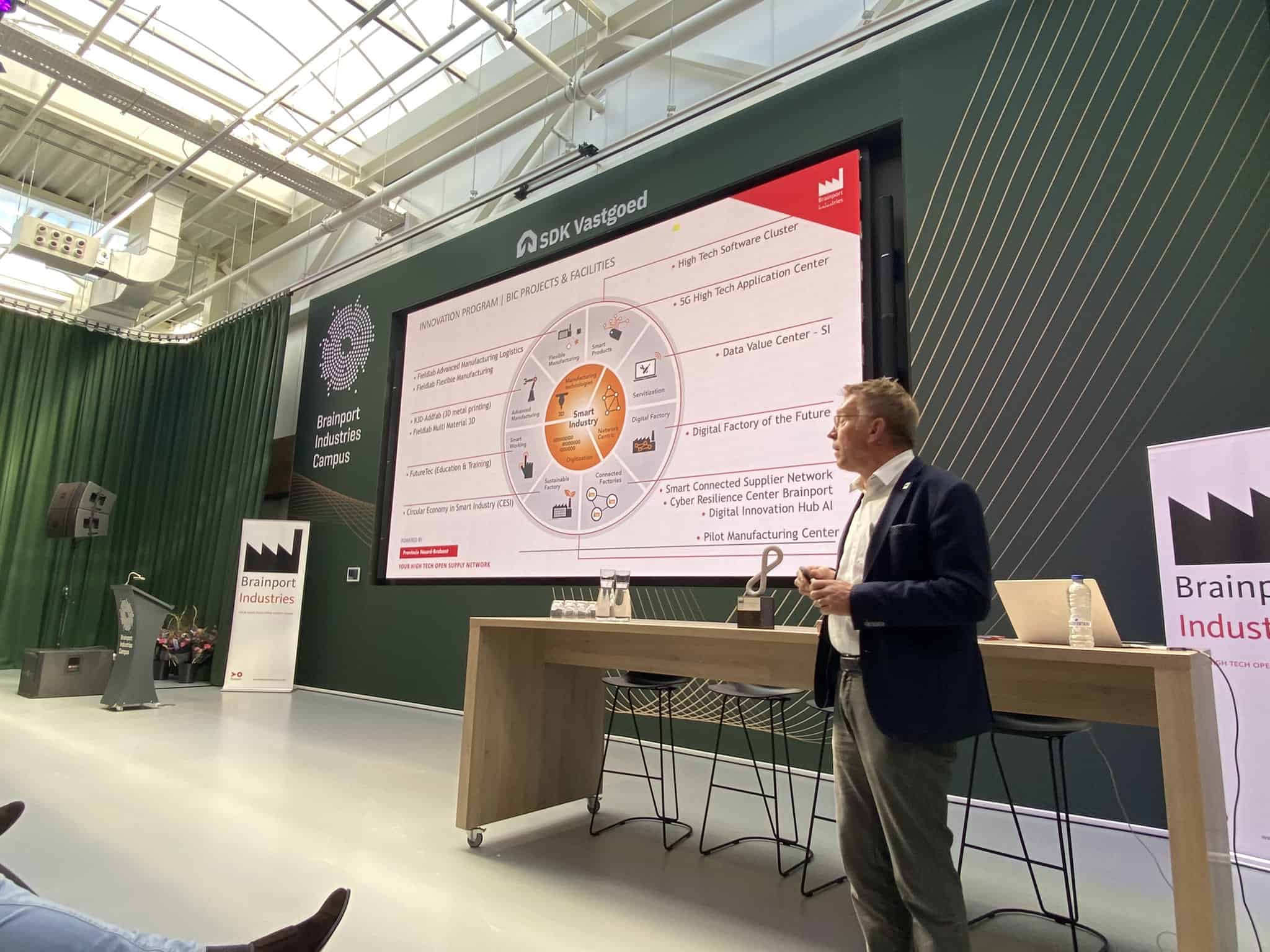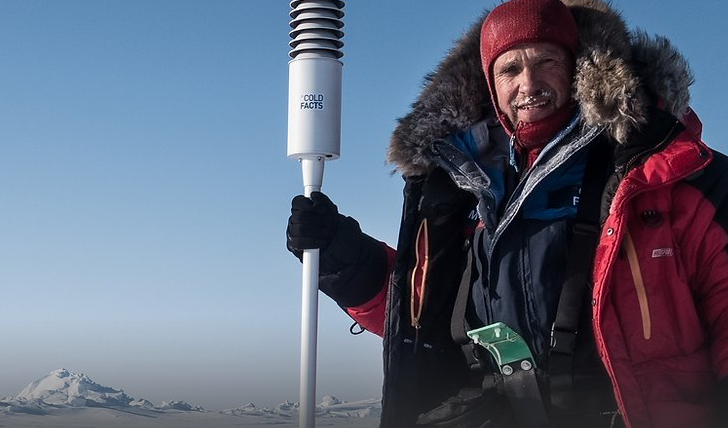
“People should be more careful. Why are plastic bags such a problem? Because you just throw them out. If you are careful, then no plastic bags will end up in the environment,” Prof. Dr. Jean-Marie Lehn states firmly. The French chemist is in his eighties now, but he is as lively as ever and still sharing his know-how and his passion to this day. Science never stops, and he is not willing to stop either.
Brightlands Polymer Days 2021 is a three-day conference on polymer science and technology. Belgian Polymer Group, KNCV Macromolecular Division, PTN (- formerly the Dutch Polymer Days), and the Brightlands Rolduc Polymer Conference are the organizers behind it. Innovative polymer materials for a sustainable future are the theme of this year’s edition.
Prof. Dr. Jean-Marie Lehn attended the event and gave a plenary lecture on Dynamic Adaptive Materials. He is one of the pioneers of supramolecular chemistry. In 1969, he discovered cryptands – cage-like molecules containing a cavity (crypt) into which another chemical entity can be lodged with a high level of specificity. This work expanded into the exploration of the chemical basis for “molecular recognition” (the way in which molecules selectively bind to one another) which plays a fundamental role in biological processes. He shared the Nobel Prize of Chemistry for this work back in 1987.
The impetus to transition to the use of more sustainable materials is seen as something that must come from policymakers. “Policies have a huge influence. If you can no longer get plastic bags in supermarkets unless they are biodegradable, this will change the picture. Then people will be probably ready and willing to pay another 10, 20, or 30 cents for a biodegradable bag when they buy something at a supermarket,” Lehn explains.
Since its discovery, its properties have made plastic the go-to material for thousands of applications. Plastic-related pollution also grew hand in hand with its increase in use. According to Our World in Data, the Netherlands emitted 271 tonnes of it into the ocean in 2019. In light of this, new solutions are needed, and they might come from the discoveries Lehn made decades ago.
Molecular sociology
When asked about a simple definition of supramolecular chemistry, the French scientist replies by saying ‘molecular sociology’. As it happens, molecules behave differently when interacting with other ones.
“A single isolated molecule of water cannot boil or freeze. A glass of water can boil or freeze. New properties emerge because they are together, they interact”, explains Lehn. “The assembly, the population of molecules behaves differently, just as people do.”
Dynamic materials
In 1990, the French chemist initiated a new line of research on supramolecular polymers by introducing the concepts of supramolecular chemistry into polymer chemistry.
Polymers – materials consisting of macromolecules formed by monomers – form the basis of many materials, such as glass, plastics, and paper.
“Supramolecular polymers are dynamic polymers – Dynamers. This property was extended to the usual polymers that have strong linkages – covalent bonds – between the monomers, and when we developed the dynamers, the idea was to make them dynamic. We wanted to develop polymers containing bonds that are not irreversible, that can be broken and that can find equilibrium by exchanging segments,” Lehn clarifies.
Read more about a biodegradable seaweed packaging material here
Following the research on dynamers, a Japanese company showed interest in exploring the possibilities of these kinds of material by becoming partners in this area of research.
“They made a good quantity of these materials and they discovered that it was possible to adjust the degradation time of the material. The problem is that they are still more expensive than common polymer materials,” Lehn goes on to explain.
This type of technology would allow for flexible structural arrangements, and determine a more precise lifespan depending on the use of each product. Diapers could be made to last a couple of days, for instance.
In transitioning towards the use of more sustainable materials, Professor Lehn points out the need for governments to persuade people to use them as well as enact stricter measures.
“When the French President announced that you could only dine in a restaurant if you were vaccinated, people quickly ran to get vaccinated. That’s a good way of convincing people”, Lehn remarks.
Lifesaving polymers
The Eindhoven-based Xeltis, on the basis of work carried out at the Eindhoven University of Technology, created biocompatible polymer following supramolecular chemistry principles that are now being used as cardiac implants for children suffering from severe congenital heart defects.
“We introduced the idea of supramolecular polymers back in 1990, so it took more than twenty years to reach the medical application. It’s a long time span, but it eventually happened. And now this medical component has the ability to be absorbed by tissue and to degrade,” Lehn notes.
Plastics are needed
Transitioning to a plastic-free world will take a lot of effort, so plastics that have novel properties may contribute in moving towards a more sustainable model for living. As of today, the properties of plastic and its convenience make it nearly irreplaceable. Which is why scapegoating plastic will not get the job done.
“Other sustainable plastics are needed. Sometimes people say ‘let’s use glass again’. Glass is heavy. Carrying it from the production site to the shops requires a lot of energy. By contrast, plastic is very light, so less energy is needed. But we always have to be careful with it, and take into account the costs of repurposing it.” Lehn concludes.
Read more about a natural alternative to microplastics here







